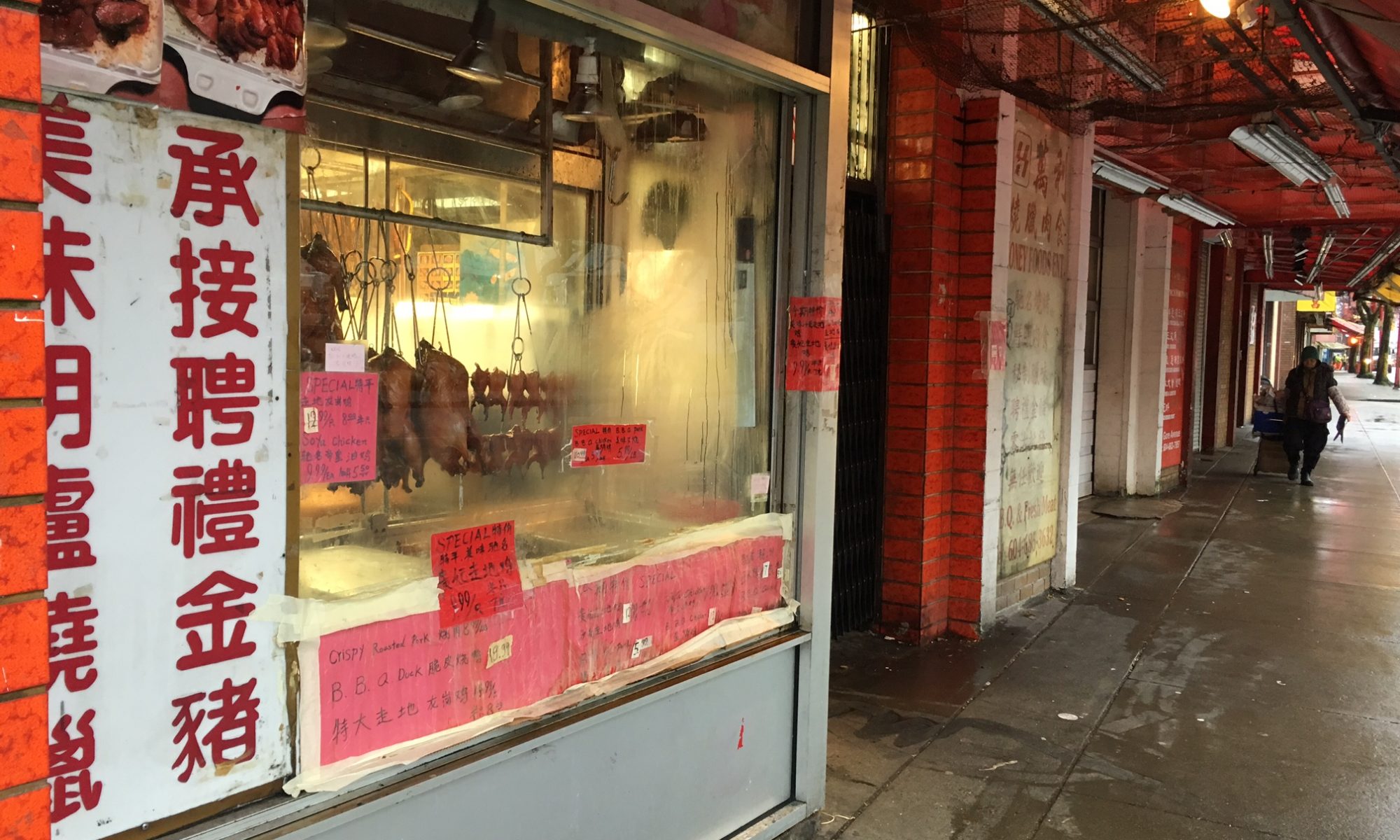Tomorrow, Friday March 31st is the public’s last opportunity to provide feedback on the City of Vancouver’s disastrous new planning policy for Chinatown before the proposal goes to City Council. The Chinatown Economic Revitalization Update and Development Policies being proposed by the planning department favour big developers and development in the fragile heritage neighbourhood and will cause permanent and irreversible damage to historic Chinatown.
There are a lot of concerns with the new planning policy, but the literal and figurative big one is large lot assembly. Typical Chinatown lot sizes are 25 feet wide, the new plan would allow assemblies of up to eight lots, for 200 foot frontages.
Vision Vancouver councillors defend this plan as a tool to deliver social housing although the targets and definition don’t address the actual need for affordable housing (in fact by the city’s own definition, “social housing” is not tied to any specific income, but rather refers to housing operated by a non-profit agency). Vision councillor Louie further defends the new policy by suggesting that fears of big developments and store frontages displacing small business are unfounded — despite evidence to the contrary like the decidedly small frontage Starbucks across the street from the new big frontage banks and high end grocery that populate the ground level of developer (and Vision donor) Ian Gillespie’s block busting condo behemoth spanning Main from Keefer to Georgia.
Since the plan was first presented in Fall of 2016, there has been strong opposition from a wide variety of citizens: professional planners, historians, cultural advocates, poverty activists, businesses, residents and even some developers. If Chinatown matters to you, let the city know what you think of their proposed development policies — your opinion is important! Find the feedback form here.
Here are my own comments I submitted earlier.
Thank you for the opportunity to comment on the proposed development policies. I have attended a number of open houses and followed the changes in Chinatown with keen interest. I have lived in and around the immediate area for the better part of thirty years, some of my earliest childhood memories are of Chinatown. I choose to live where I live because of its proximity to Chinatown, and my deep appreciation for the culture, the context, the people, the presence, and that intangible urban fabric that defines the neighbourhood.
I appreciate some of the direction in this policy document: improving public spaces, activating laneways, investing in cultural intitiatives, and protection for HA-1 streetscape. However, on a whole I reject this policy document.
I do not think “Exploring designating Chinatown as a Heritage Conservation Area” is much of a commitment. Clarity around conservation and heritage protection needs to be a starting point for any conversation around new development policies, not an afterthought. We need a strong and meaningful commitment to preserving Chinatown as a heritage area. The notion that Chinatown is a racist anachronism rendered unnecessary by civil rights, equality, and Richmond shopping malls does a disservice to the legacy and the history of the Chinese pioneers who helped to build this province.
While the idea of commercial mezzanines are charming and whimsically Chinatown, I think that their requirement creates a defacto “premium” retail space, and exacerbates retail gentrification, that is to say the pricing out of traditional and locally serving businesses — certainly mezzanine retail space is not suitable or appropriate for grocers or butchers (for example).
I would like to see policies that recognize and incentivize local serving affordable retail as a public benefit.
I think that the 50′ retail frontages being proposed in HA-1 should be conditional, not outright.
Proposed 75′ site frontages for the rest of Chinatown are also too big. If the city is serious when they claim they will encourage traditional small lot development – then 75 should be conditional, not outright.
Of course, the most egrigious of this proposal is the 200′ frontages in exchange for inclusionary zoning. These proposed big box developments have no place in such a small and fragile historic neighbourhood. This proposal serves developer interests, not public interests.
As a matter of principal, inclusionary zoning should be an outright requirement for all new residential developments and should meaningfully identify an affordability benchmark.
For the most part, I do not think the proposed policies will thwart speculation; rather, the opposite as lot assemblies and adjacent land use will and are contributing to more speculation, not less.
Overall, I am quite disappointed that this policy document fails to meaningfully priortize housing affordability, urban form and fabric, retail gentrification, impacts and development pressure of new St Pauls and viaducts removal, and cultural and heritage preservation.

